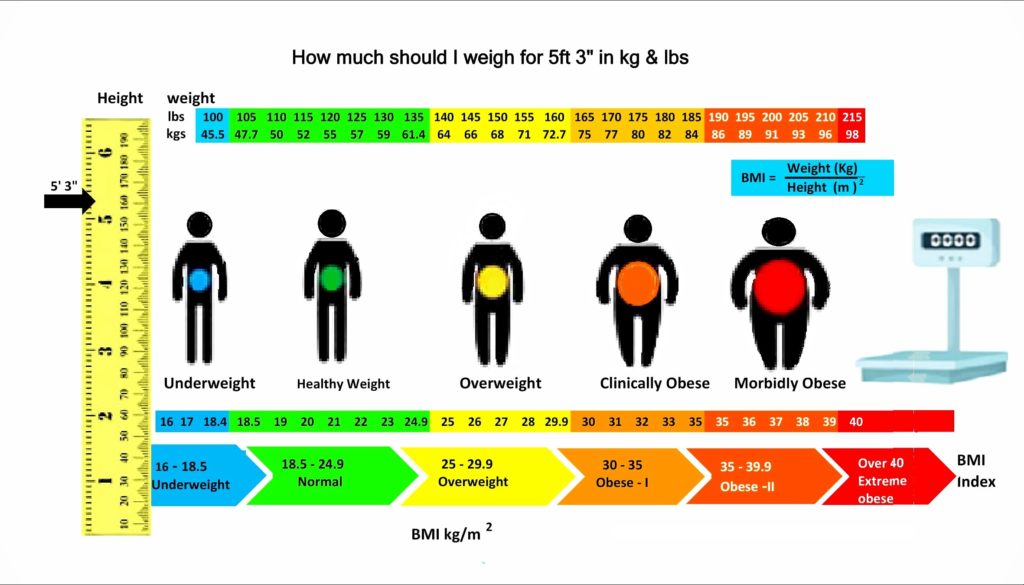Knowing the weight of an ATV can be an important factor in deciding which ATV to buy. The most obvious reason is to ensure you have capable means of moving the ATV. Is it light enough that it can sit in the bed of your truck or on your trailer? Can you haul it with your mini SUV or do you need to buy a truck? These questions may depend on the weight of your ATV. But, that is not the only reason you should be interested in the weight of an ATV. You want to make sure you are able to lift the front or rear end of your ATV or push it up an incline if necessary. If you weigh 120 pounds, you may not want to get stuck with a 900 pound machine. If you are going to be riding places where you could roll your ATV, there is a big difference between 300 pounds and 900 pounds rolling over you. Finally, the weight of the ATV is going to determine, to an extent, how much control you have and how sharply you can turn in some cases.
So what does an average ATV weigh? About 590 pounds or 268 kg dry weight.
But, the weight of the ATV you are looking at probably won’t be 590 pounds. The weight is going to depend mostly on the size of your engine (cc), but even within those sizes, there is a lot of variance. However, it is pretty safe to say a 90cc ATV is going to weigh quite a bit less than an 800cc ATV. Finding the right ATV is going to depend on a lot of factors, including the weight, dimensions and engine power. You can find out all about different ATV sizes in our complete guide to ATV dimensions and if you need to figure out what size to buy, check out this awesome guide.
Below, you can find the most complete guide available on ATV weight based on engine class (by cc).
Wherever possible, the weight given is the dry weight. This is the measurement used by most manufacturers. It is the weight of the ATV as you would see it on the showroom floor, with no oil, gasoline or other fluids in it.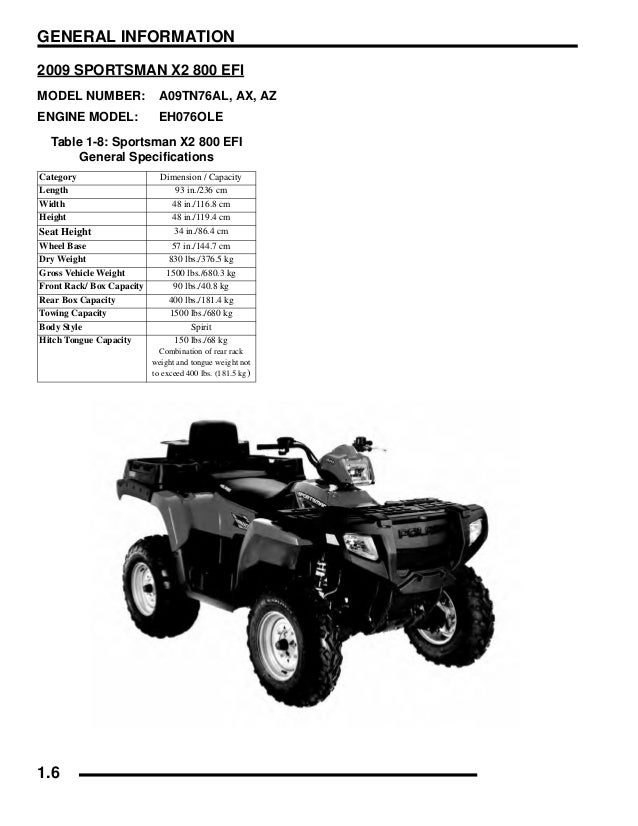 Other manufacturers, such as Honda, use what is called curb weight, wet weight or ready to ride. This refers to the weight of the ATV with all standard equipment, all fluids and a full tank of gasoline. On an ATV, this won’t add a ton of weight and is not enough that it would impact your decision on buying an ATV. Finally, you may come across a listing for Gross Weight. This refers to the ATV and the total load it can carry including optional equipment and riders.
Other manufacturers, such as Honda, use what is called curb weight, wet weight or ready to ride. This refers to the weight of the ATV with all standard equipment, all fluids and a full tank of gasoline. On an ATV, this won’t add a ton of weight and is not enough that it would impact your decision on buying an ATV. Finally, you may come across a listing for Gross Weight. This refers to the ATV and the total load it can carry including optional equipment and riders.
For each class of ATV, I found as many examples as I reasonably could and compared their listed weights to determine the average and any trends I mention.
The smallest entry-level youth ATVs are, of course, the lightest. The average weight of a 50cc ATV is about 215 pounds. The heaviest 50cc ATV I found was the Yamaha Raptor 50, which weighs 237 pounds. The lightest 50cc ATV I found was the Suzuki QuadSport Z50, which weighs less than me at only 174 pounds.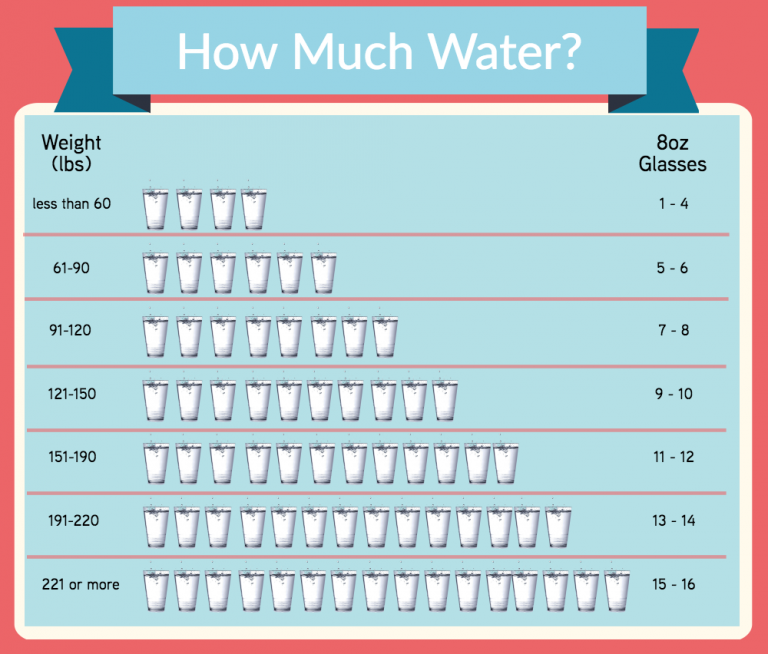 Most of the ATVs I saw fell in the 210-225 pound range.
Most of the ATVs I saw fell in the 210-225 pound range.
I could only find a few name-brand ATVs in the 70cc class. The average weight of those was about 250 pounds.
This is probably the most popular sized ATV for kids. The average 90cc ATV weighs about 265 pounds. The largest 90cc ATV I found was the AlphaSports Daisy 90, which weighs 289 pounds. The lightest, by a single pound, was the Bombardier DS 90, which weighs 249 pounds. Most of the 90cc ATVs I saw were in the 250-260 pound range, with a few heavier exceptions skewing the average.
200cc is the class where we start getting into the bigger youth models, but there is not a huge selection at 200cc. The average 200cc ATV weighs about 365 pounds. That average is again skewed by an outlier in the super-light Yamaha Blaster, which only weighs 250 pounds.
Most of the other 200cc ATVs were in the upper 300s or lower 400s, with the Polaris Saw Tooth topping the charts at 425 pounds.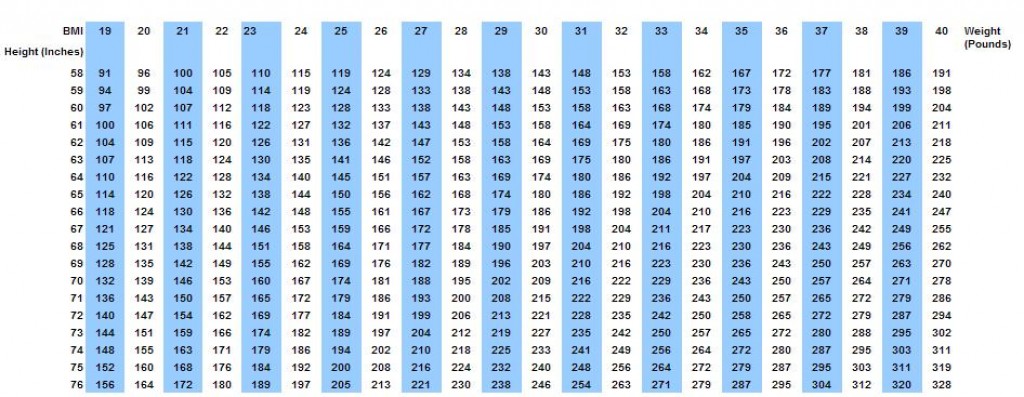
The average 250cc ATV weighs about 410 pounds. The lightest, by a fairly wide margin was the Honda TRX 250EX, which weighs only 360 pounds. The heaviest 250cc ATV I found was the Yamaha Big Bear 250, which weighs 456 pounds.
300cc is not a very popular class of ATVs so there weren’t many options. The heaviest 300cc ATV I found was the Polaris Hawkeye, which weighs 550 pounds. The lightest 300cc ATV I found was the Arctic Cat 300, which weighs 477 pounds. The average 300cc ATV weighs about 510 pounds.
The average 350cc ATV weighs about 490 pounds. This number was skewed downwards by the 375 pound Yamaha Raptor 350, which weighs 375 pounds. Most of the 350cc ATVs I saw were closer to, or over, 500 pounds. The heaviest 350cc ATV is the Arctic Cat 350, which weighs in at a relatively whopping 588 pounds.
At 400cc, we start getting into the more adult-sized ATVs. The average 400cc ATV weighs about 495 pounds.
This is the lightest class where we really start seeing some huge ranges in weight with stark differences between sport and utility models. The lightest and heaviest 400cc ATVs are from Arctic Cat. The lightest is the Sport DVX 400, which weighs 372 pounds. The heaviest is the 400 4X4 Auto, which comes in at 645 pounds.
The average 400cc ATV weighs about 495 pounds.
This is the lightest class where we really start seeing some huge ranges in weight with stark differences between sport and utility models. The lightest and heaviest 400cc ATVs are from Arctic Cat. The lightest is the Sport DVX 400, which weighs 372 pounds. The heaviest is the 400 4X4 Auto, which comes in at 645 pounds.
The average 450cc ATV weighs about 520 pounds, but there is a big difference between the sport and utility models in this class. The lighter sport models typically weigh less than 400 pounds. The lightest of which is the Yamaha YFZ 450, which weighs 350 pounds. The heavier utility models are 500-700 pounds. The heaviest I saw was the 696 pound Polaris Sportsman 450.
The average 500cc ATV weighs about 630 pounds. The two outliers bringing the average weight down are the Polaris Outlaw 500, at 425 pounds, and the Polaris Predator 500, at 405 pounds.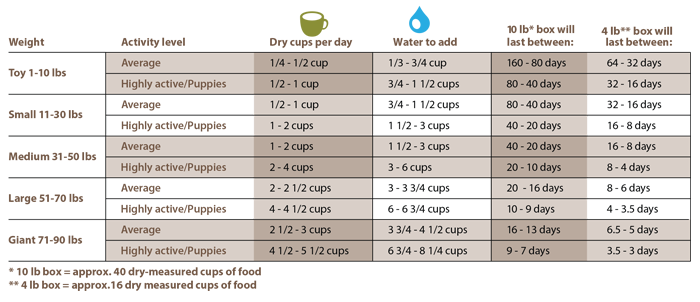 Most of the other 500cc ATVs I reviewed weighed more than the average of 630 pounds. The heaviest 500cc model I found was the Polaris Sportsman 500 X2 EFI, which weighs 791 pounds. As you might be catching on, The various Polaris Sportsman ATVs are usually heavier than their counterparts.
Most of the other 500cc ATVs I reviewed weighed more than the average of 630 pounds. The heaviest 500cc model I found was the Polaris Sportsman 500 X2 EFI, which weighs 791 pounds. As you might be catching on, The various Polaris Sportsman ATVs are usually heavier than their counterparts.
The average 650cc ATV weighs about 635 pounds. The heaviest machine I found at 650cc was the Arctic Cat h2 TRV Plus, which weighs in at 724 pounds. The lightest 650cc ATV I found was the Bombardier DS 650X, which wasn’t just the only 650cc ATV I found under 600 pounds, it was under 500 pounds, at just 494 pounds.
At 700cc, we see our biggest gap between the lightest and heaviest ATVS. The Yamaha Raptor 700R weighs in a shockingly light 396 pounds. On the other end, the Arctic Cat 700 Diesel weighs in at 809 pounds. With that wide spread, the average 700cc ATV weighs in at 645 pounds. While the Yamaha Raptor is by far the lightest, you can find a 700cc ATV at nearly any weight you want, with multiple models available in the 500s, 600s and 700s for pounds.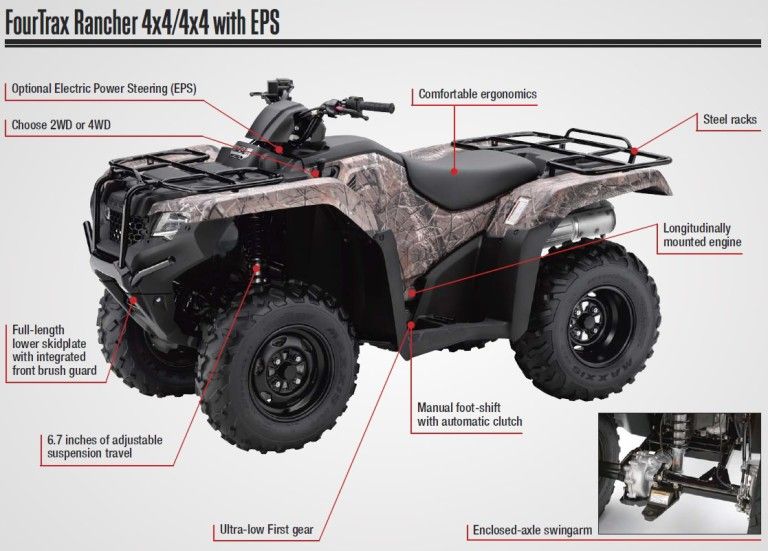
At 800cc, we are getting into the really big ATVs. The average 800cc ATV weighs about 715 pounds. The Bombardier Renegade 800 is probably the only 800cc ATV you can find under 600 pounds, and it weighs in at 597 pounds. The heaviest of the bunch is the Polaris Sportsman 800 X2 EFI, which weighs 839 pounds. Most of the 800cc ATVs are going to be plus or minus 50 pounds of 700 pounds. Indeed, the average 800cc ATV weighs about 715 pounds.
Finally, we get to the biggest of the bunch. The most powerful, and heaviest, ATVs out there are going to be the 1000cc ATVs. The average 1000cc ATV weighs about 840 pounds. At 1000cc, you just cannot find a light machine so there are a lot of considerations that need to go into purchasing such a large machine, other than just power. The lightest 1000cc ATV I could find was the Arctic Cat 1000XT, which still weighs 772 pounds. The heaviest 1000cc ATV I could find was the Polaris Sportsman XP 1000. At 927 pounds, that is an ATV you do not want landing on you.
The heaviest 1000cc ATV I could find was the Polaris Sportsman XP 1000. At 927 pounds, that is an ATV you do not want landing on you.
If you are buying a new ATV, check out these accessories you may want, and of course, don’t forget to check out our very select recommended gear.
by Lee
We’ve gathered the weight from every ATV manufacturer and put it in an easy to read chart.
We’ll go over why the weight of your ATV matters later in this post.
The average weight of an ATV is 669 pounds (304kg).
The lightest ATV weighs 220 pounds (100kg), but this ATV is made for kids.
The lightest adult size ATV is the Kymco MXU 150x at 349 pounds (159kg).
The heaviest ATV is the Can-Am OUTLANDER MAX 6×6 XT 1000 at 1,170 pounds (531kg).
| Manufacturer | Model | Weight (lbs) | Weight (kg) |
|---|---|---|---|
| Yamaha | YFZ50 | 220 | 100 |
| Kymco | Mongoose 70S | 232 | 106 |
| Kymco | Mongoose 90S | 232 | 106 |
| Kawasaki | KFX®50 | 245 | 112 |
| Can-Am | DS 70 | 250 | 114 |
| Can-Am | DS 90 | 250 | 114 |
| Can-Am | DS 90 X | 250 | 114 |
| Arctic Cat | Alterra 90 | 260 | 118 |
| Honda | TRX90X | 262 | 119 |
| Kawasaki | KFX®90 | 267 | 122 |
| Polaris | Outlaw 110 EFI | 278 | 127 |
| Polaris | Outlaw 70 EFI | 278 | 127 |
| Yamaha | Raptor 90 | 279 | 127 |
| Polaris | Sportsman 110 EFI | 289 | 132 |
| Yamaha | Grizzly 90 | 308 | 140 |
| Kymco | MXU 150x | 349 | 159 |
| Honda | TRX250X | 384 | 175 |
| Kymco | Mongoose 270 | 392 | 178 |
| Yamaha | YFZ450R SE | 405 | 184 |
| Yamaha | YFZ450R | 405 | 184 |
| Polaris | Phoenix 200 | 420 | 191 |
| Yamaha | Raptor 700R SE | 422 | 192 |
| Yamaha | Raptor 700R | 422 | 192 |
| Yamaha | Raptor 700 | 422 | 192 |
| Can-Am | DS 250 | 429 | 195 |
| Honda | FourTrax Recon | 434 | 197 |
| Arctic Cat | Alterra 300 | 477 | 217 |
| Kymco | MXU 270 | 478 | 217 |
| Kawasaki | BRUTE FORCE® 300 | 536 | 244 |
| Honda | FourTrax Rancher | 580 | 264 |
| Kymco | MXU 450i | 608 | 276 |
| Kymco | MXU 450iLE | 608 | 276 |
| Can-Am | RENEGADE 570 | 628 | 285 |
| Kymco | MXU 450i LE Prime | 634 | 288 |
| Honda | FourTrax Foreman 4X4 | 636 | 289 |
| Yamaha | Kodiak 450 | 637 | 289 |
| Yamaha | Kodiak 450 EPS SE | 650 | 295 |
| Yamaha | Kodiak 450 EPS | 650 | 295 |
| Honda | FourTrax Rincon | 657 | 299 |
| Yamaha | Kodiak 700 | 659 | 299 |
| Can-Am | OUTLANDER 450 | 678 | 308 |
| Can-Am | RENEGADE 850 | 681 | 309 |
| Can-Am | RENEGADE X xc 850 | 686 | 312 |
| Yamaha | Kodiak 700 EPS SE | 686 | 312 |
| Yamaha | Kodiak 700 EPS | 686 | 312 |
| Kawasaki | BRUTE FORCE® 750 4x4i | 689 | 313 |
| Arctic Cat | Alterra 570 Base | 699 | 318 |
| Arctic Cat | Alterra 570 EPS | 699 | 318 |
| Arctic Cat | Alterra 700 EPS | 699 | 318 |
| Polaris | Sportsman 450 H.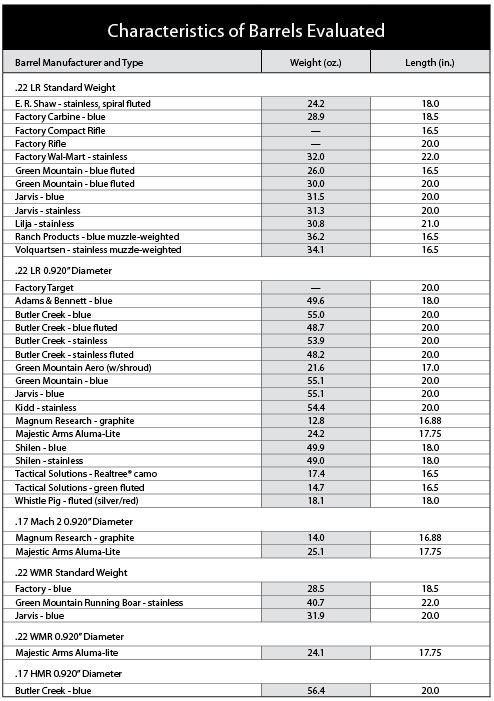 O. O. | 700 | 318 |
| Honda | FourTrax Foreman Rubicon 4×4 | 700 | 318 |
| Kawasaki | BRUTE FORCE® 750 4x4i EPS | 700 | 318 |
| Kawasaki | BRUTE FORCE® 750 4x4i EPS CAMO | 700 | 318 |
| Yamaha | Grizzly EPS | 701 | 318 |
| Can-Am | OUTLANDER 570 | 704 | 320 |
| Can-Am | OUTLANDER XT 570 | 704 | 320 |
| Polaris | Sportsman 570 | 705 | 320 |
| Kymco | MXU 700i EURO | 705 | 320 |
| Can-Am | RENEGADE X xc 1000 | 710 | 323 |
| Can-Am | OUTLANDER MAX 450 | 715 | 325 |
| Polaris | Sportsman Touring 570 | 728 | 331 |
| Yamaha | Grizzly EPS SE | 728 | 331 |
| Polaris | Scrambler 850 | 735 | 334 |
| Can-Am | OUTLANDER MAX 570 | 741 | 337 |
| Can-Am | OUTLANDER MAX XT 570 | 741 | 337 |
| CFMoto | CForce 400 | 742 | 337 |
| Can-Am | OUTLANDER 650 | 749 | 340 |
| Can-Am | OUTLANDER XT 650 | 749 | 340 |
| CFMoto | CForce 500 EPS | 758 | 344 |
| Polaris | Sportsman 850 | 772 | 351 |
| Yamaha | Grizzly EPS XT-R | 780 | 354 |
| Kymco | MXU 700i LE EPS Euro | 786 | 357 |
| Kymco | MXU 700i LE EPS Hunter Euro | 786 | 357 |
| Kymco | MXU 700i EPS Prime Euro | 786 | 357 |
| Polaris | Sportsman X2 570 | 788 | 358 |
| Arctic Cat | Alterra TRV 700 | 788 | 358 |
| Can-Am | OUTLANDER 850 | 800 | 363 |
| Can-Am | OUTLANDER XT 850 | 800 | 363 |
| Can-Am | OUTLANDER NORTH EDITION | 800 | 363 |
| Can-Am | OUTLANDER X T-P 850 | 800 | 363 |
| Polaris | Sportsman XP 1000 | 801 | 364 |
| Polaris | Sportsman Touring 850 | 804 | 365 |
| Can-Am | OUTLANDER XT 1000 | 826 | 375 |
| Can-Am | OUTLANDER X T-P 1000 | 826 | 375 |
| Can-Am | OUTLANDER X xc | 826 | 375 |
| Can-Am | OUTLANDER MAX DPS | 827 | 376 |
| Can-Am | OUTLANDER MAX XT 650 | 827 | 376 |
| Arctic Cat | Alterra TBX 700 | 829 | 377 |
| CFMoto | CForce 600 | 833 | 378 |
| CFMoto | CForce 600 Touring | 833 | 378 |
| Can-Am | OUTLANDER X mr 570 | 843 | 383 |
| Can-Am | RENEGADE X mr 570 | 865 | 393 |
| Can-Am | OUTLANDER X mr 650 | 874 | 397 |
| Can-Am | OUTLANDER MAX XT 850 | 874 | 397 |
| Can-Am | OUTLANDER MAX NORTH EDITION | 874 | 397 |
| Can-Am | OUTLANDER M A X X T-P 850 | 874 | 397 |
| Polaris | Scrambler XP 1000 S | 881 | 400 |
| Polaris | Sportsman Touring XP 1000 | 886 | 402 |
| Can-Am | OUTLANDER MAX XT 1000 | 900 | 409 |
| Can-Am | OUTLANDER M A X X T-P 1000 | 900 | 409 |
| Can-Am | OUTLANDER MAX LIMITED | 900 | 409 |
| Polaris | Sportsman High Lifter Edition | 921 | 418 |
| Polaris | Sportsman XP 1000 S | 970 | 440 |
| CFMoto | CForce 800 | 970 | 440 |
| Can-Am | OUTLANDER X mr 850 | 990 | 450 |
| Can-Am | RENEGADE X mr 1000R | 991 | 450 |
| Can-Am | OUTLANDER MAX 6×6 DPS 450 | 1000 | 454 |
| Can-Am | OUTLANDER X mr 1000R | 1014 | 460 |
| Polaris | Sportsman 6×6 570 | 1075 | 488 |
| Can-Am | OUTLANDER MAX 6×6 DPS 650 | 1100 | 499 |
| Can-Am | OUTLANDER MAX 6×6 XT 1000 | 1170 | 531 |
Keep in mind; certain models are 2up.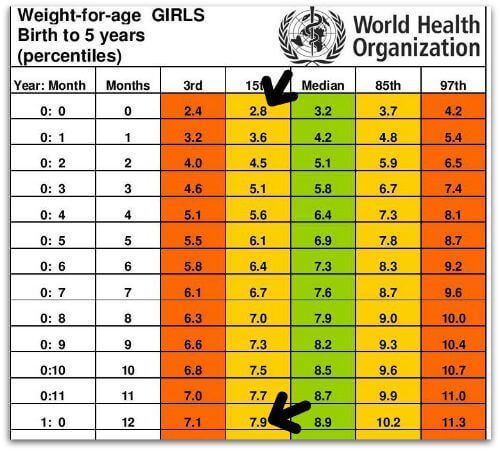 This means they can carry two people because they have seats rated for that. The 2up models will be heavier than their similar 1up counterparts.
This means they can carry two people because they have seats rated for that. The 2up models will be heavier than their similar 1up counterparts.
Never exceed the rider capacity of your ATV.
For more details about weight from each manufacturer, we’ve listed the link to each one.
There are 3 reasons why the weight of your ATV matters.
Let’s go through each one.
Every trailer has a weight capacity, and you must not go over that.
Also, loading the trailer and the weight at specific points on the trailer affects towing too. This video does a great job of demonstrating this.
The vehicle you tow the trailer will also have a tow weight capacity that you must not go over. It’s not always about taking off but stopping. It would be best if you had a truck with enough weight that it won’t get thrown around when towing and has the braking power to stop.
It’s not always about taking off but stopping. It would be best if you had a truck with enough weight that it won’t get thrown around when towing and has the braking power to stop.
Make sure you never exceed the towing capacity of your truck or trailer.
Don’t forget the weight of your gear and accessories too!
I’ve learned the hard way about towing heavy trailers with my ATV. Don’t do it, trust me!
If what you tow is too heavy, it lifts the front wheels and makes steering impossible. But more importantly, stopping is almost impossible too.
So don’t tow things over your towing capacity.
If you plan on using your ATV for towing things, you’ll need to focus on buying heavier ATVs. The heavier the ATV, the easier it is to control what you tow.
If you do a lot of towing, consider getting a side by side as they weigh a lot more and will do better at hauling.
The heavier the ATV, the harder the engine has to work.
This is why you see the performance racing model 450’s weigh so little compared to the utility ATVs.
If you like to go fast and play around, a lighter ATV will be what you need.
If you like to get work done, then the ATVs you want are on the heavier end.
The Can-Am Maverick Sport X XC 1000R SSV ATV and Polaris RZR Trail S Ultimate go hand in hand in many ways.
Both the Polaris RZR and the Can-Am Maverick Sport are long established and very large lines with a large number of models.
Therefore, we clarify: we are comparing only two specific configurations. Both are a middle option between a utility and a sports ATV, closer to a sports one. Designed specifically for the toughest trails, from deep mud to rocky terrain.
We will compare these two models according to the main criteria and tell you which one is better and why.
Structurally, these are two-seater all-terrain vehicles with the following dimensions:
 8x162.6x188 cm, wheelbase - 230.1 cm, dry weight - 647.7 kg.
8x162.6x188 cm, wheelbase - 230.1 cm, dry weight - 647.7 kg.
As you can see, the sizes are noticeably different: Can-Am is both larger and heavier. On the one hand, large dimensions are a plus: more space inside. But on the other hand, this is not a workhorse in which more things need to be loaded. And so the Polaris has its upsides too: the smaller size makes it more nimble and navigable, the shorter wheelbase allows for tighter turns, and the lighter weight gives the engine a head start and reduces the chance of getting stuck in the mud.
Polaris has a roof and full doors as standard. Can-Am does not have a roof in the kit (but you can buy it in addition), there are doors. Behind the cab, both all-terrain vehicles have an open cargo body, designed for 136 kg.
As for the visual differences, they are easiest to see when viewed from the front and side. On the Polaris, the front end is more compact and tidy, tapering slightly and sloping down from the cockpit to the bumper. The Can-Am has a more aggressive nose, shorter than the Polaris but wider, with the headlights further apart. On the one hand, a shorter bumper will allow you to better see the road ahead. On the other hand, due to too widely spaced headlights, the bumper can partially block the view.
The Can-Am has a more aggressive nose, shorter than the Polaris but wider, with the headlights further apart. On the one hand, a shorter bumper will allow you to better see the road ahead. On the other hand, due to too widely spaced headlights, the bumper can partially block the view.
Another difference is in the frame. At Polaris, it has additional racks at the back, which means that if the all-terrain vehicle rolls over, such a frame will be more reliable.
In terms of dry characteristics, the engines are approximately the same: exactly 100 “horses” for both models, the volume is conditional 1 liter (or rather, 999 cm³ for Polaris and 976 for Can-Am).
The Polaris RZR Trail S Ultimate has a ProStar DOHC 4-stroke, two-cylinder, electronic fuel injection, liquid cooling and automatic transmission. The gear set is standard: parking, neutral, reverse, and lowered with increased. There is a plug-in all-wheel drive.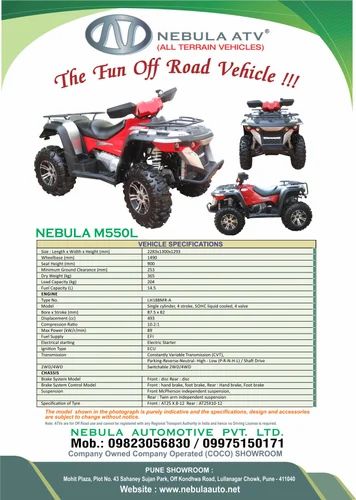
Of the features - there is an EBS (engine braking system). This is a useful option on a bad road and on descents and ascents: the system prevents the drive wheels from slipping, reduces the braking distance, and also slows down the wear of the brake pads and rubber.
The Can-Am Maverick Sport X XC 1000R has a liquid-cooled V-twin Rotax with electronic fuel injection and iTC (a button that switches engine modes on the fly). The transmission is CVT, with the same set of gears, with ventilation and an electronic belt protection system.
The gas tanks of the models are about the same - in Polaris you can fill in 35.9 liters of gasoline, in Can-Am a little more: 38 liters.
We have already written about the difference in size above - and you immediately understand it if you visit the cabs of both models. But the Polaris RZR Trail S Ultimate is still a medium-sized all-terrain vehicle, and two large people in warm clothes will comfortably fit inside, just in the Maverick Sport X XC 1000R there is a little more space around them. In principle, this is where the serious differences end - almost all the difference lies only in the design and layout of the tidy and compartments. And in the backlight at Polaris.
In principle, this is where the serious differences end - almost all the difference lies only in the design and layout of the tidy and compartments. And in the backlight at Polaris.
Both ATVs have adjustable bucket seats with seat belts. You can also adjust the position of the steering column.
Both models also have a large touch screen. At Can-Am, it is located in front of the driver, like a normal tidy in a car. It is 7.6 inches wide and displays everything from speed to hours to engine temperature.
Polaris is more interesting in this regard: in front of the driver there is a 4-inch digital display, which displays the main indicators. And another display (7-inch touchscreen) is on the dashboard in the center. This is Ride Command: essentially an on-board computer that has GPS, communication for a group ride, Bluetooth (for connecting a smartphone), and a bunch of all sorts of sensors.
Other goodies - both models have an internal power outlet, electronic power steering, and Polaris also has a Rockford Fosgate Stage 1 audio system.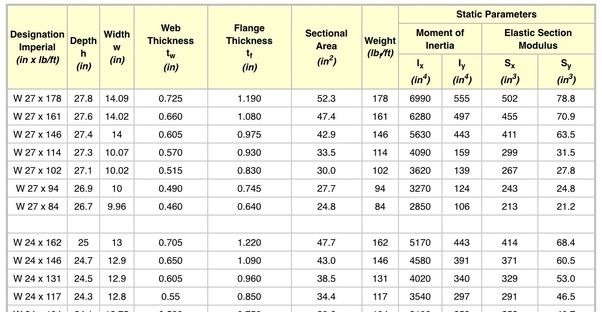
Can-Am Maverick Sport X XC 1000R suspension has more travel: 37.5 cm front and rear. It has FOX 2.5 Podium Piggyback QS3 adjustable shocks. The suspension itself is also lever.
There are also differences in the wheels. Can-Am is shod in 29-inch Maxxis Bighorns with 14-inch aluminum wheels and beadlocks, while Polaris has 27-inch Trailmaster A/Ts without beadlocks.
Both models have an open body at the rear of the cab, as we have already mentioned above. In addition, the load can be taken on a trailer - for this, both ATVs have a hitch. You can tow up to 680 kg.
Both Polaris and Can-Am have a wide range of accessories available for purchase, from roof and glass doors to mounting brackets. Polaris has a Lock & Ride quick-release system for this, Can-Am has LinQ.
Polaris has a Lock & Ride quick-release system for this, Can-Am has LinQ.
It is in these configurations that these all-terrain vehicles did not reach us at the time of winter 2021. In the US, the Maverick Sport X XC 1000R will cost $20,300. There is a slightly simpler model: with cheaper shock absorbers and lower ground clearance - for $17,500. The
RZR Trail S 1000 Ultimate costs a little less: $19,000. If you take a simpler package (not Ultimate, without a roof, Ride Command and audio system) - you can save $ 1,700.
Both ATVs are definitely worth the money: they have no obvious flaws, and in many respects they are on par.
Let's highlight some minor differences.
Can-Am Maverick Sport X The XC 1000R is larger, has more ground clearance and suspension travel. . If you like to have space in the cockpit, this is true.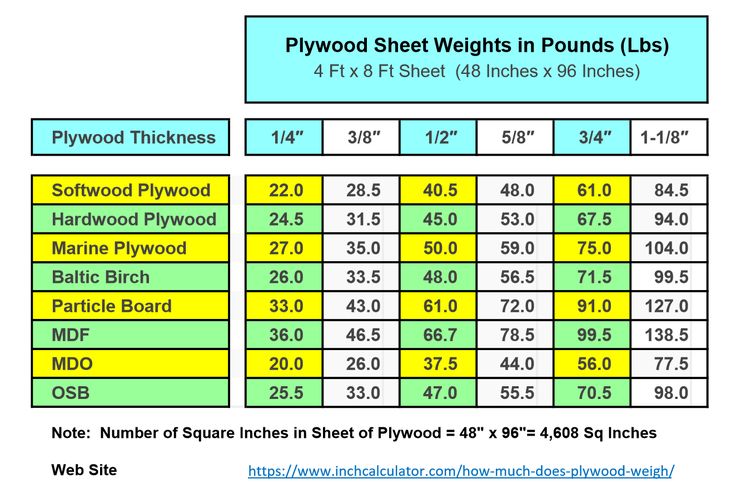
But the Polaris RZR Trail S Ultimate has more advantages. With a lower price tag, it has better equipment (there is a Ride Command, an audio system, a roof), a better view from the cab, and due to its smaller size it turns around more easily and can go where Can-Am does not fit.
Two years ago we already tested a car of the Legends Cars series - a frenzied and exciting racing machine. Championships on such equipment are held all over the world. Until recently, there was only one such machine in Belarus, which was periodically rented out. Everything changed this autumn, when three more similar racing cars appeared on the territory of the RSTC in Staiki. We went to visit and found out what they were going to do with these fast cars.
The main thing is not to get confused in the "legendary" Belarusian motorsport. In Staiki, the Legends of the USSR track racing championship is held, where they race on old trained Zhiguli, and we managed to test them in the winter. The equipment that is in the photo in this material is Legends Cars, a monoclass, cars for which are assembled in the USA and sold all over the world. The series is popular because the cars are relatively cheap (when compared with the cost of serious cars), but at the same time very reckless and fast.
In Staiki, the Legends of the USSR track racing championship is held, where they race on old trained Zhiguli, and we managed to test them in the winter. The equipment that is in the photo in this material is Legends Cars, a monoclass, cars for which are assembled in the USA and sold all over the world. The series is popular because the cars are relatively cheap (when compared with the cost of serious cars), but at the same time very reckless and fast.
We talked in detail about the technical component of Legends Cars two years ago, at the same time we tried the "legend" in action, so there is no point in repeating it. Let us briefly recall: under the hood is a 1.3-liter engine from a Yamaha motorcycle with 132 horsepower, disc brakes in front, drum brakes in the rear. Weight - 600 kg with a pilot. Ultimate "shell"!
In September, Sergei Lapitsky , a well-known Belarusian racer, and also the director of the RSTC DOSAAF racing complex, tested such equipment in races.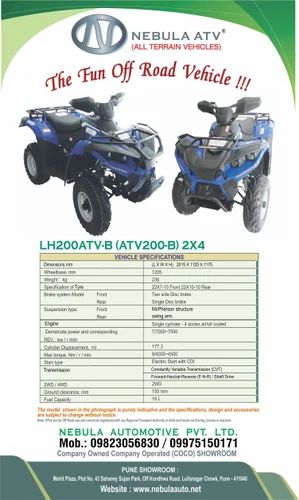 At the St. Petersburg circuit "Igora Drive" he won both races. And away we go - in the boxes near the track stadium in Staiki now "live" several "legends" at once. We meet with Sergey and immediately we tease: they say, he didn’t race on anything and won, and now he has found a new “toy”?
At the St. Petersburg circuit "Igora Drive" he won both races. And away we go - in the boxes near the track stadium in Staiki now "live" several "legends" at once. We meet with Sergey and immediately we tease: they say, he didn’t race on anything and won, and now he has found a new “toy”?
"You know that I love to race everything, including KZ2 class karts. But for many karts it's a toy thing," Sergey explains seriously. "No matter what level the karting competition is, even the World Championship
"Legends" participate on big tracks, where they race Ferrari, Porsche, cars of the class " Touring" or "Touring Light". But it feels like "legends" are much more interesting than any of the listed cars. The cost of such a car varies from 10 to 15 thousand dollars, and for relatively little money for motorsport, you can get into a big championship. Plus Legends Cars is a world series: cars are built in the USA and sold all over the planet from there. There are national championships in Russia, Finland, Italy and not only. The plant sells about 350 racing cars a year."
The plant sells about 350 racing cars a year."
Why is Legends Cars so good? Among the advantages, Sergei names "mono-class" - they say, all cars are nominally the same, and therefore the richest or most cunning pilot will not receive an advantage, an arms race and budgets are unrealistic. "Of course, there are always "tricky" ones who will come up with something. But imagine what they are capable of in a class that is more free in terms of requirements?" Sergei asks. And in response we ask the driver-director (or director-racer?) about how he likes racing in Russia.
"RSKG is a Russian circuit racing series. If compared with the same karting, it's about the same, only multiplied several times, even outwardly: music plays, girls with umbrellas in outfits, balloons. The atmosphere of the holiday, you know,
A couple of days before the competition there is time to practice, usually four to six sessions, then the official part begins: training, qualification, which determines the position at the start of the first run, and two races of 20 minutes plus 2 laps For the second run, the starting grid is reversed in relation to the results of the qualification: if you have the fastest lap, you will start last. 0003
This year many "shortcuts" rode in Russia, they have this class on the rise. Together with them we launched our Legends 600 and Legends Evo. In total, there were under 40 cars at the start. Legends 600 are the weakest prototypes, they have about 130-132 horsepower compared to 180 for Evo - they drive 10 seconds per lap, even "shortcuts" cannot catch up with them.
"Shortcuts" are about 3 seconds faster than the Legends 600. I was saved by the fact that the pilots involved are diverse, they are afraid at the start, they have a hard time with overtaking. I was not the fastest, I just had time to overtake a dozen "shortcuts" at the start, and then I used the air bag and had an advantage due to one straight line. So he drove rivals in the class for two seconds from the circle. The shortcuts gradually overtook, but I clung to them and thus was able to break away from direct competitors. "
According to Sergei, new "legends" are gradually appearing in Staiki - a black car was bought just last week.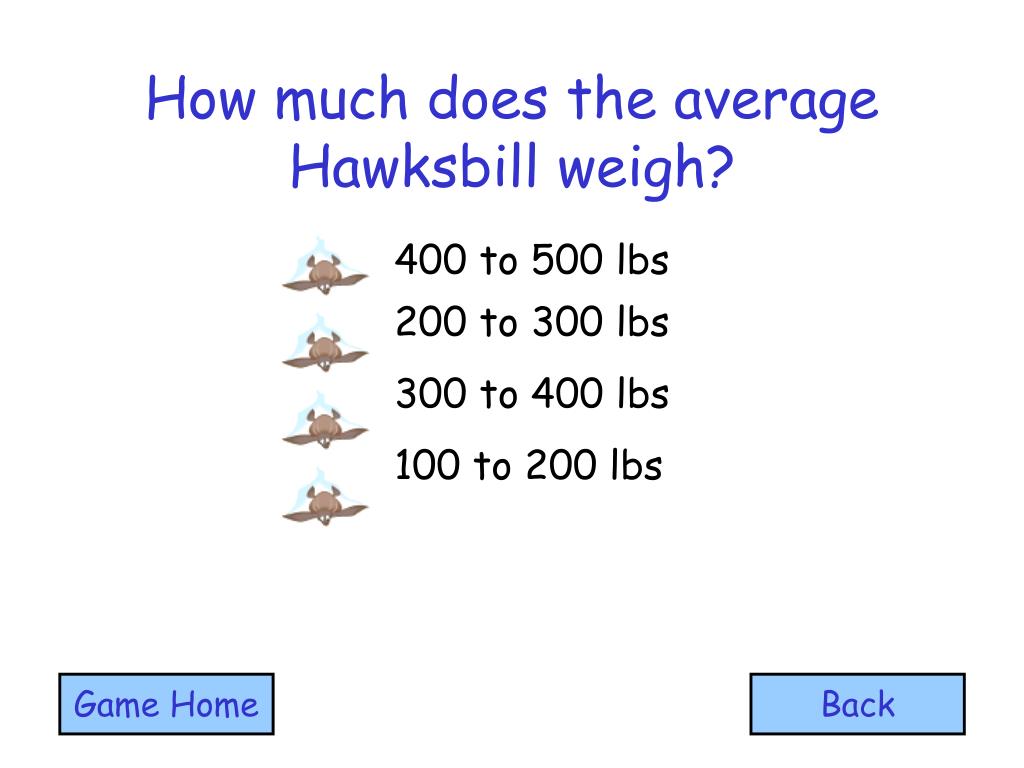 Another one, white, went to Borisov to perform on the day of filming, and the car of the former rally driver Anatoly Shimakovsky (it flashed in our 2020 test) is still in another box. A total of four cars in the complex - and the director of RSTC believes that this is not the limit. But where to look for these "legends"? You will hardly find them in a regular ad database!
Another one, white, went to Borisov to perform on the day of filming, and the car of the former rally driver Anatoly Shimakovsky (it flashed in our 2020 test) is still in another box. A total of four cars in the complex - and the director of RSTC believes that this is not the limit. But where to look for these "legends"? You will hardly find them in a regular ad database!
"Oddly enough, I found my car in the ad database! - Sergey smiles. - I surfed the Internet, found a couple of ads on VKontakte, two cars were sold on Avito. The guys said that they had seen "legends" on "Avto.ru. In principle, when you find yourself in this environment, you begin to make friends with other racers and teams. Many such cars were brought to Russia, therefore, they are in garages - you just need to drop the call.
If you can't find it there, then always can be ordered from the USA or any other country, brought as sports equipment or for spare parts.Other racing cars from abroad are not so easy to bring.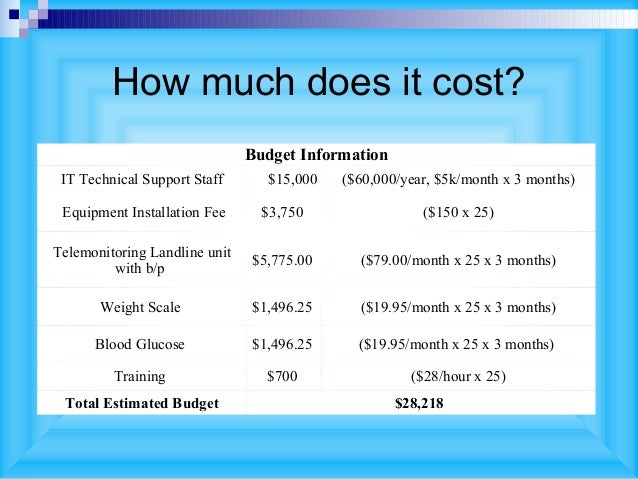 How much do new ones cost?I didn’t find out, but I think about 25-30 thousand - this will be the price of a car "out of the box," says the rider.
How much do new ones cost?I didn’t find out, but I think about 25-30 thousand - this will be the price of a car "out of the box," says the rider.
25-30 thousand? Yes, this is the price of a good "civilian" car, and there are hardly many crazy people who are ready to buy a "legend" in Belarus for that kind of money. But we remember that the second-hand is mainly represented on the market of "legends", and it will cost 10-15 thousand cheaper. Not "three kopecks", of course, but a season in the fast class in karting costs almost the same money. And good drift "writhings" for the second league now cost about the same, if not more. For the sake of interest, we begin to incite the calculation for the "legend" and for the "pessimistic" scenario, we calculate according to the maximum bar.
"Let's say you bought a car, updated it, tinted it - it's 15 thousand dollars, - Sergei estimates. - Then you can apply to the RCRS - the entry fee for one stage will cost 400 dollars. This amount includes the entire procedure: training, qualifying
The first painful moment is the acquisition of equipment.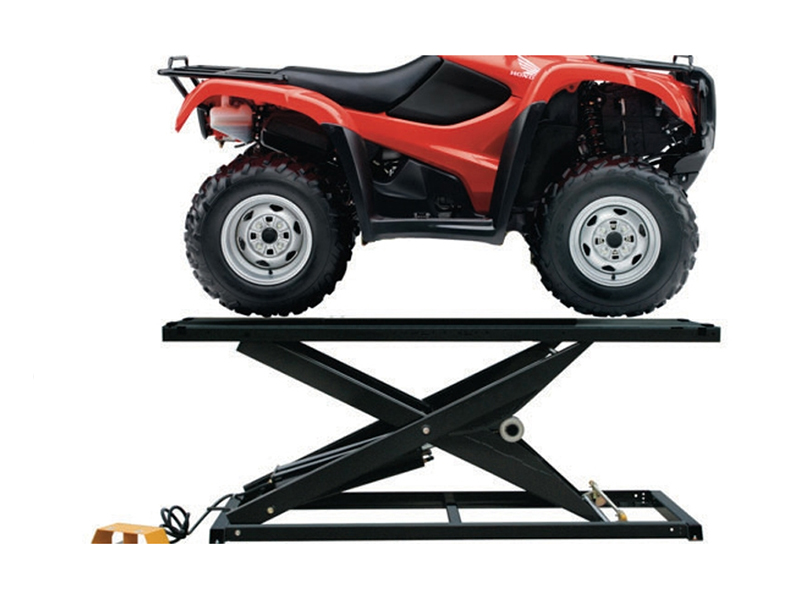 The requirements for it are strict, it must be in perfect condition.For example, I I sewed on the logo of the sponsors of the RSKG incorrectly - and they almost forced me to buy a new jumpsuit because of a micro hole! It's just that the thread was threaded wrong, and they are very closely following this. Therefore, you will have to buy a good and high-quality "outfit": underwear, overalls, Helmet, HANS system, gloves, and shoes.It's about $5,000.It's a lot of money, but it's a one-time expense.
The requirements for it are strict, it must be in perfect condition.For example, I I sewed on the logo of the sponsors of the RSKG incorrectly - and they almost forced me to buy a new jumpsuit because of a micro hole! It's just that the thread was threaded wrong, and they are very closely following this. Therefore, you will have to buy a good and high-quality "outfit": underwear, overalls, Helmet, HANS system, gloves, and shoes.It's about $5,000.It's a lot of money, but it's a one-time expense.
Then the little things begin, for example, travel to the highway. "Legend" is very easy to transport, weighs only 500 kilograms and is small in size. I traveled to St. Petersburg in my minibus with a conventional tilt trailer, into which I drove the car, folded the cart and the tent. So here we consider the cost of fuel, the rental of a trailer (if it is not available) and hotels.
You need to buy a set of wheels for the competition. The key point is that it practically does not wear out. The car is light, the tires are durable. If in any other class you need several sets for the weekend, then in the "legends" two stages are passed on one set, and you can still practice between them. If I'm not mistaken, my kit cost $350. It can be said that it is cheaper than tires for a "civilian" car.
The car is light, the tires are durable. If in any other class you need several sets for the weekend, then in the "legends" two stages are passed on one set, and you can still practice between them. If I'm not mistaken, my kit cost $350. It can be said that it is cheaper than tires for a "civilian" car.
The same can be said about the brakes. The system here is simple: front - non-ventilated discs, rear - drums, there is practically no wear. I drove a race, held a bunch of demonstration performances, trained at our karting track, where the load on the brakes is very large due to constant acceleration and deceleration - everything is in excellent condition.
The engine is standard, from a Yamaha motorcycle, it has a large motor resource. Even if it breaks, then in Russia you can find a "second-hand" unit from 700 to 1000 dollars: engine, gearbox and clutch. By the standards of adult motorsport, this is quite inexpensive. "
As it turned out, setting up this racing car is quite simple.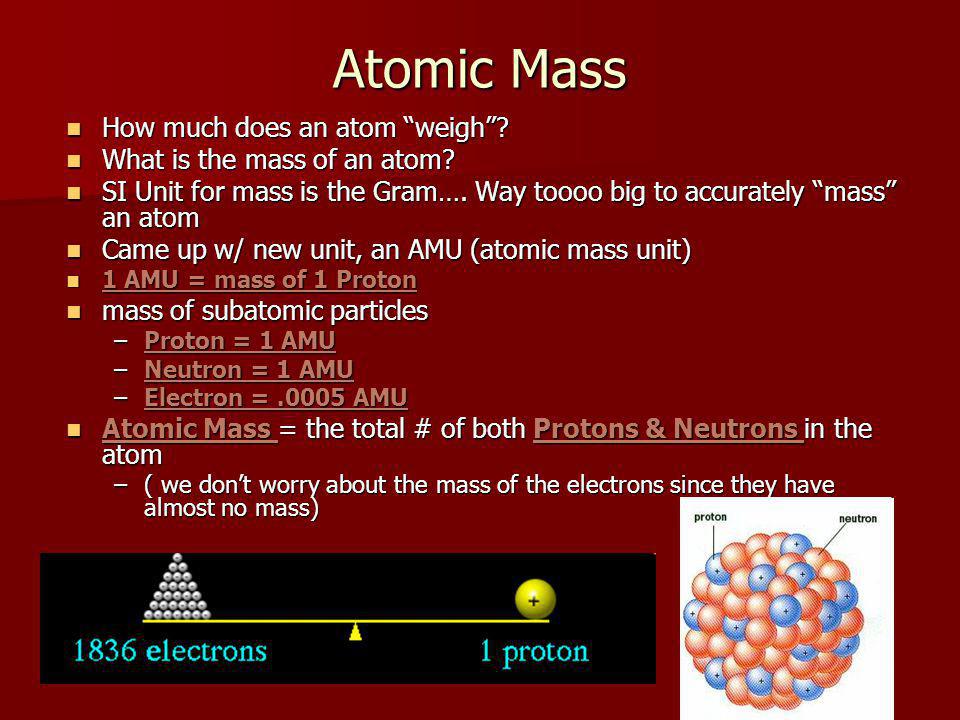 Sergey says that from the main available - wheel alignment, height and stiffness of the springs.
Sergey says that from the main available - wheel alignment, height and stiffness of the springs.
"There is a solid axle at the rear, which makes tuning even easier. A lot of this series depends on the feeling of the driver and how aggressive he is and ready to ride on the edge. Sometimes the settings do not even solve anything, it is important just to feel the moment the wheels break", - the rider shares a secret.
But we still know from a test two years ago that a "legend" is a car with character. It will not be possible to make friends with her from a swoop, because she "bucks" willingly. Sergey is ready to rent a car to everyone for races on the karting track in Staiki. And here is a reasonable question: is he not afraid for not the cheapest car that a novice can break foolishly or out of inexperience?
"Actually, anyone can get into it - my wife even tried to drive it," Sergei confesses. nervous, but at the same time predictable: how much "gas" she opened, so she goes.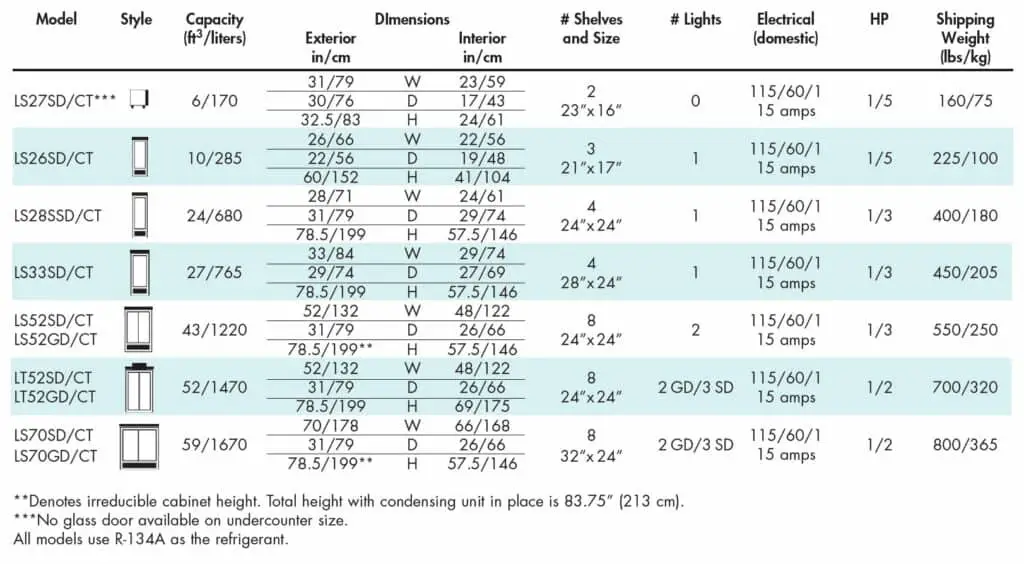 The same KZ2 kart does not allow you to drive slowly, experience is needed to drive it. "Legend" is simpler, it can go both at idle and at 10 thousand. It's only about the safety of the person who gets into it. At the same time, the car itself is, in fact, one big safety cage. If you have the equipment, nothing bad will happen.
The same KZ2 kart does not allow you to drive slowly, experience is needed to drive it. "Legend" is simpler, it can go both at idle and at 10 thousand. It's only about the safety of the person who gets into it. At the same time, the car itself is, in fact, one big safety cage. If you have the equipment, nothing bad will happen.
The cost of a car is one thing, and the cost of restoring it is another. We simulate the situation: the beginner crashed on another racing car and on the "legend". Security measures did their job, the wheels from the fence "tied" him. He bent the spar in a racing car - you have to take it to the slipway and turn to specialists. And on the "legend" everything will cost by replacing the thrust, the fist, we will weld a new pipe - and let's go further. Therefore, the cost of restoring this car is low."
Renting is, of course, good, but Sergey is mainly focused on finding like-minded people who are ready to put up cars for racing in Belarus or abroad.